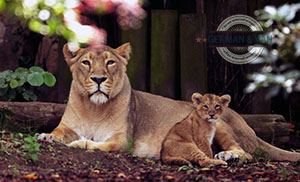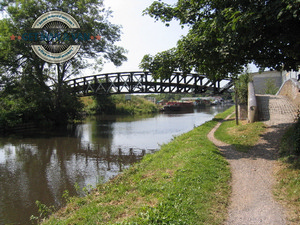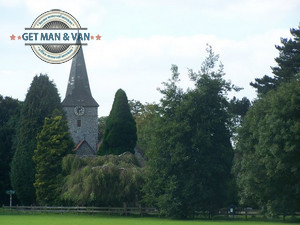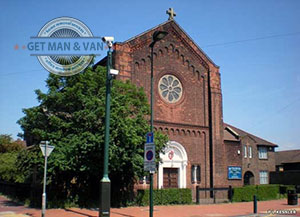The London Zoo is planning a new lions’ exhibit. This is definitely a great thing, because not only the way these noble animals, loved by so many people, are displayed is going to become more engaging and will attract the attention of a wider public, but also due to the fact the living conditions that the same animals enjoy at the present moment are going to be improved. There is one curious outcome of the endeavor however.
 The building of the new exhibit requires that the three lions currently living in the London Zoo are to be relocated to the facility in Bedfordshire. Well, who can object to that, after all it is all for a good cause, you might say and you would be quite right. But moving out the lions of the London Zoo means that the capital is not going to have a single lion on its territory for the first time in nearly a thousand years.
The building of the new exhibit requires that the three lions currently living in the London Zoo are to be relocated to the facility in Bedfordshire. Well, who can object to that, after all it is all for a good cause, you might say and you would be quite right. But moving out the lions of the London Zoo means that the capital is not going to have a single lion on its territory for the first time in nearly a thousand years.
Sally Dixon-Smith, who is the curator of the collection at the Tower of London explains that ever since the 13th century there has been at least one lion in London at any time. In 1210 King John established the Royal Menagerie. It is from this time that we have written records that payments had been made to lion keepers. The first solid prove for the presence of a lion on the territory of London comes from 1235, when King Henry III was presented with three lions by the Roman Emperor Frederic II as a token of gratitude for the marriage of the later with the Henry’s sister Isabella.
From this time one lions became a kind of a symbol of the power of the King. Lions coming from North Africa has been used as diplomatic gifts and the Royal Menagerie had always had one, from the 13th century well into the 19th when its existence seized and its functions had been taken over by the London Zoo.
The three lions that are currently occupants of the London Zoo have the names Ruby, Heidi and Indi. They are going to be moved out in November and the plan is to keep them in the Zoo in Bedfordshire up until 2016. It is no job for an ordinary man and van moving company, that removal, but managing the logistics of such a relocation are the smallest problem and a reason for irony.
As both the aforementioned Sally Dixon-Smith and notable zoologist David Field, who is the zoological director at ZSL London Zoo explain, lions will become locally extinct for the territory of London for a period of over two years. This is a bit ironic, bearing in mind the fact that lions’ populations in both Asia and Africa are also on the verge of extinction. But if we look at the positive side of things – what is happening in London will probably attract the attention of the wider public and something will be done for the animals in their natural habitat too.
About the Author:
Prev: « The Centuries Old Spa City of BathNext: Dos and Donts of a Removal »









